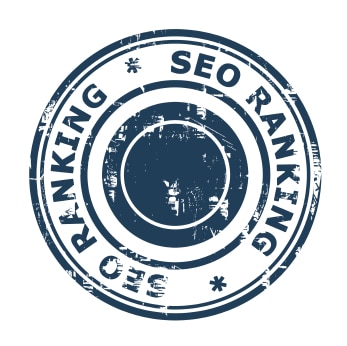Moz, the industry thought leader for SEO, released their annual research and analysis on the SEO ranking factors. Every year Moz performs an in-depth analysis in an attempt to answer the question “how do you rank number one on Google?” Unfortunately, the search engines do not share their actual algorithm, so we don’t know for certain which factors they truly consider when ranking content. However, with Hamilton seo at Parallel Path we have successfully achieved top rankings in a variety of markets for several years, so we can’t be that far off of Google’s actual algorithm.
The trouble with the the ranking factors from Moz is that they can be difficult to understand. But fear not! We have had our morning espresso and translated the 2013 SEO ranking factors into simple terms so that you can take action.
We distilled the 2013 SEO ranking factors into the three key elements of optimization: Accessibility, Relevance, and Reach.
Accessibility – 5%
(Technical)
Ensuring that the search engines can properly crawl and index your content.
Example: Page Load Time, Technical Errors, Duplicate Content
Relevance – 15%
(On-Page)
Aligning content with relevant keywords that people would use to search for the content.
Example: Page Title, H1, Keyword Usage on Page
Reach – 80%
(Off-Page)
Get content in front a relevant audience.
Example: Inbound Links, Social Engagement (Facebook Likes, Tweets, etc)
Based on this analysis, we can see that Reach is the most important factor when optimizing for organic search. This means that the majority of our focus should be on distributing our content to a relevant audience that will link to it and share it, thus increasing the reach of your brand. We still need to optimize page titles, meta descriptions, and remedy 404 errors, but those tactics should not be the primary focus of our efforts.
It should be noted that although this analysis helps us to understand how to optimize content to improve rankings, they do not guarantee success. In order to truly be successful in search, we need to first identify growth opportunities and then deploy the proper tactics based on the level of competition. That is data driven evolution.
How will Parallel Path adapt?
Our strategies are customized for each client because each client is unique. The offerings are different, the markets are different, and the competitors are different. Yet all strategies are focused on improving the Accessibility, Relevance, and Reach of content to get the right message to the right people at the right time. All that to say, we will re-prioritize some of the tactics that we employ based on the analysis from Moz, along with our own research. But does this completely change how we do SEO? Not at all.
